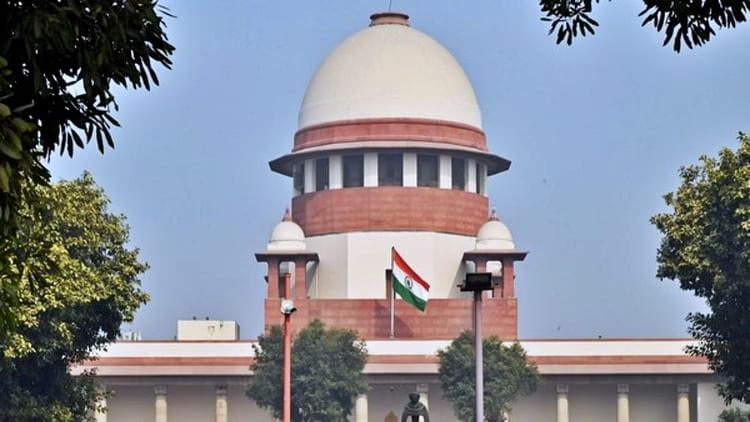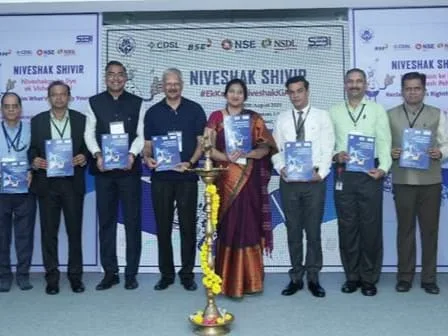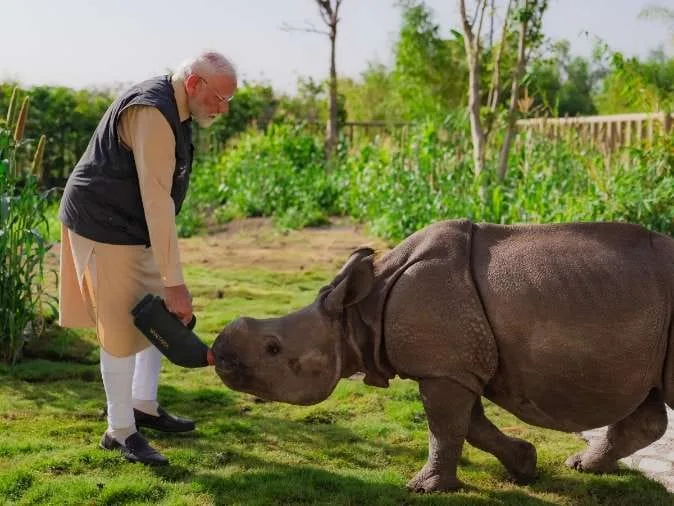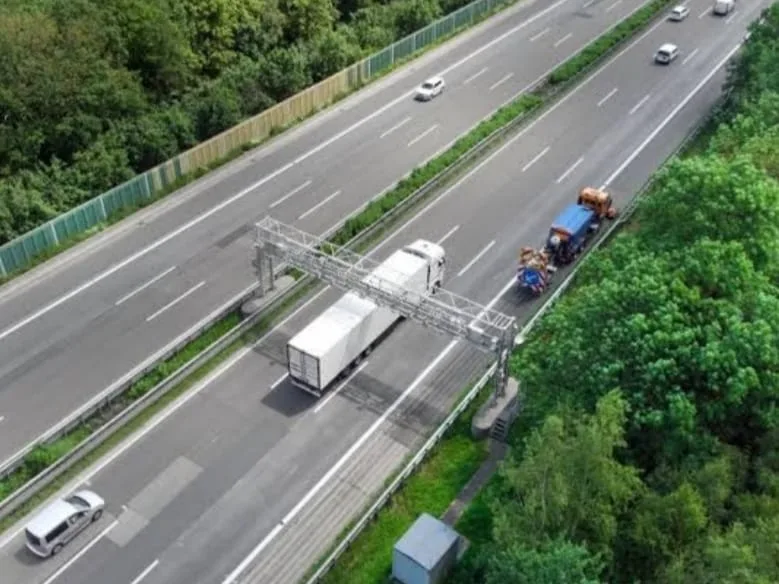Recently, the Supreme Court of India directed the Delhi government and the authorities in Noida, Gurgaon, and Ghaziabad to capture and relocate stray dogs to shelters.
On August 11, 2025, a two-judge bench, Justices J B Pardiwala and R Mahadevan, noticed the issue of stray dog attacks. These attacks particularly affect children and the elderly. They ordered the complete removal of stray dogs from public spaces in Delhi NCR within eight weeks.
The Court described the situation as ‘grim’ and stressed that ‘infants and young children should not fall prey to rabies , The Court instructed that stray dogs be captured, sterilized, vaccinated, and moved to shelters, explicitly prohibiting their return to the streets.
This order puts public safety and the right to life, as stated in Article 21 of the Constitution, above the existing 2023 Animal Birth Control (ABC) Rules. The ABC Rules require catching, sterilizing, vaccinating, and then returning dogs to their original locations.
The Court criticized the ABC Rules for prioritizing the rights of stray dogs over those of humans and for allowing ongoing risks from dog attacks and rabies. The Court warned of strict consequences, including contempt of court, for anyone who obstructed the enforcement of this order.
The ruling led to protests from animal rights groups and political leaders who believed the order was too harsh. They called for more humane, long-term solutions like sterilization, vaccination, and community care.
As a response, the Supreme Court formed a three-judge bench to hear more arguments and put a hold on the previous directive.The Court also pointed out the local authorities ” lack of effective management “of the stray dog population. Officials have begun preparing shelters for the relocated dogs and are focusing first on aggressive and rabies-infected animals.
The Court emphasized the failures of the ABC model in India and suggested the need for a new approach that balances human safety with animal welfare.
Key Facts
- India has over 60 million stray dogs, which make up 37% of the global stray dog population. Dog bites happen every 10 seconds in India, adding up to more than 3 million each year.
- Rabies claims two lives every three hours, making India the global center for rabies-related deaths.
- Infants and elderly citizens are more vulnerable, with fatal attacks reported in Delhi, Telangana, and Punjab. Stray dogs pose significant health risks.
- The goal to eliminate rabies by 2030 will not be met without effective control of stray populations.
Root Causes :
- Pet ownership is rapidly increasing. In 2024, there were 30 million pet dogs, growing at a rate of 10–15% each year. A major part of the problem is irresponsible pet ownership, including abandonment, unneutered pets, and lack of identification.
- Feeding stray dogs in the streets, often by well-meaning citizens, makes the dogs territorial and aggressive. This behavior is similar to the situation with monkeys in urban India, which encourages the animals and leads to more attacks on those who do not feed them.
- Although municipal laws require sterilization and sheltering, the implementation is inconsistent and underfunded.
Legal and Ethical Dilemmas
- Protection for Feeders: Citizens who feed stray dogs are protected under Article 51A(g) of the Constitution, which promotes kindness to living creatures.
- India’s legal framework, including the Prevention of Cruelty to Animals (PCA) Act (1960), Animal Birth Control (ABC) Act (2001, updated in 2023), and Municipal Acts, aims to balance animal welfare with public safety.
- contradictions exist: municipalities cannot euthanize strays unless they are critically ill. Stray dogs are recognized as ‘community animals’, complicating efforts to remove them.
- Right to Life vs. Right to Safety: The Supreme Court has repeatedly stated that stray dogs have a right to live and has warned against indiscriminate culling.
This ruling is seen as a landmark step to address the stray dog issue, which has led to millions of bite cases and serious public health problems. It stresses safety and humane sheltering, moving away from the past practice of releasing sterilized dogs back into the streets. visit here , The case is still ongoing, with more hearings and government actions underway. The overarching goal of the Court is to restore public safety and ensure government accountability while preventing unnecessary suffering for animals. for judgement news link yourself here www.eminentnews.com



























